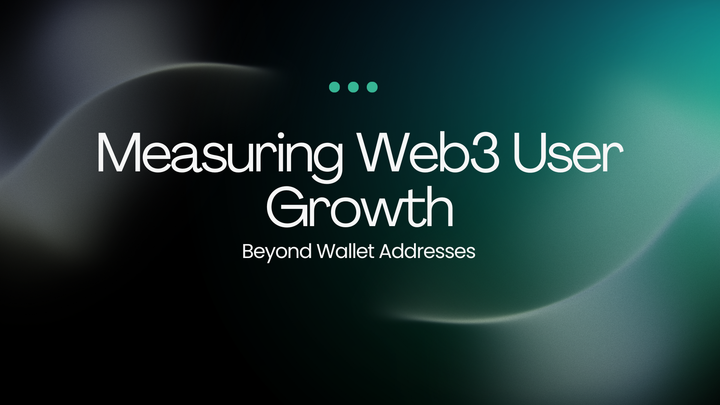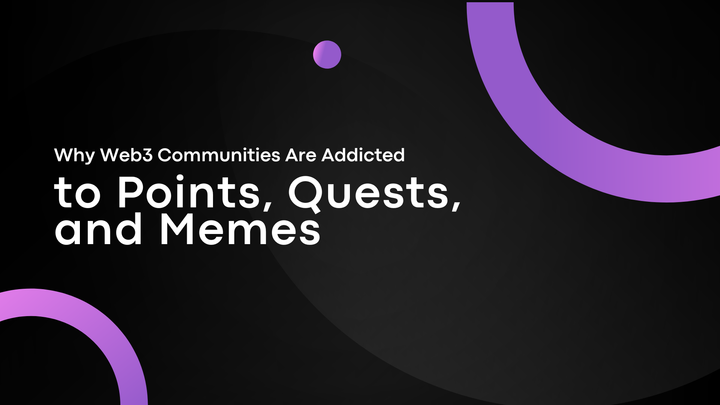Understanding Ecosystem-Owned Liquidity (EOL) and Matrix in the Mitosis

Mitosis introduces two innovative frameworks to enhance liquidity management and cross-chain interoperability: Ecosystem-Owned Liquidity (EOL) and Matrix. These frameworks are crucial to optimizing liquidity distribution, improving capital efficiency, and ensuring seamless asset movement across blockchain networks. This article explores the features of each framework and their key differences.
Ecosystem-Owned Liquidity (EOL)
Overview
Ecosystem-Owned Liquidity (EOL) is a decentralized liquidity mechanism designed to enhance the efficiency and sustainability of liquidity management. Unlike traditional liquidity models that rely on third-party liquidity providers, EOL ensures that liquidity remains within the ecosystem, providing greater resilience and control.
Features of EOL
- Liquidity Owned by the Protocol: Unlike traditional liquidity mining, where incentives drain liquidity over time, EOL ensures that liquidity remains within the ecosystem, reducing reliance on external market makers. Liquidity is not rented but rather permanently integrated into the ecosystem, providing a more stable foundation for DeFi applications.
- Cross-Chain Liquidity Management: EOL is designed to function across multiple blockchain networks, facilitating seamless asset transfers and efficient capital allocation. Ensures liquidity is efficiently distributed among different chains to prevent bottlenecks in individual ecosystems.
- Mitigates Impermanent Loss: Through improved liquidity distribution mechanisms, EOL minimizes the risk of impermanent loss, benefiting liquidity providers. Uses strategic deployment models that help balance liquidity against market fluctuations.
- Governance-Driven Liquidity Allocation: The allocation of liquidity within the ecosystem is governed by miAsset holders, ensuring an optimized and democratic liquidity distribution model. Allows community voting to determine the best allocation strategies, improving decentralization.
- Optimized Yield Generation: The protocol strategically deploys liquidity across yield-generating opportunities to maximize returns for participants. Instead of short-term farming incentives, EOL focuses on long-term sustainable returns.
Matrix
Overview
The Matrix is a modular liquidity framework within Mitosis that enables efficient liquidity fragmentation and composability. It functions as an advanced infrastructure layer that manages liquidity distribution across various DeFi applications.

Features of Matrix
- Modular Liquidity Routing: he Matrix dynamically routes liquidity across different protocols and networks based on optimal yield conditions and liquidity needs. Liquidity can move fluidly between different DeFi ecosystems, responding to changes in supply and demand.
- Automated Asset Allocation: Uses smart contracts to manage and reallocate assets automatically, reducing manual intervention and improving capital efficiency. It reduces human bias in liquidity deployment by leveraging algorithm-driven decision-making.
- Cross-Chain Composability: Ensures that assets can seamlessly interact with DeFi protocols across multiple chains, enhancing interoperability. Allows developers to build decentralized applications (dApps) that access liquidity from different sources efficiently.
- Enhanced Liquidity Efficiency: By integrating liquidity pools across ecosystems, the Matrix reduces inefficiencies and maximizes capital utilization. Prevents fragmentation of liquidity by unifying it under an intelligent routing system
- Risk Management Mechanisms: Includes security measures such as decentralized governance, automated risk mitigation, and real-time liquidity monitoring. Features smart contract audits and multi-layered protection to reduce vulnerabilities.
Key Differences Between EOL and Matrix
- Primary Function
EOL: Focuses on creating and maintaining protocol-owned liquidity pools that remain within the ecosystem for long-term sustainability.
Matrix: Provides a flexible and dynamic framework for managing liquidity routing across multiple chains and DeFi applications.
- Liquidity Ownership
EOL: Liquidity is owned and managed by the Mitosis, ensuring stability and reducing reliance on third-party providers.
Matrix: :Liquidity is dynamically allocated based on demand, utilizing an automated and modular approach.
- Scope
EOL: Primarily designed to sustain long-term liquidity retention within the ecosystem, reducing capital flight.
Martix: Designed to enable high-speed liquidity movement and optimal allocation across DeFi ecosystems.
- Governance
EOL: Managed by Mitosis stakeholders (miAsset holders) through decentralized governance, ensuring equitable liquidity distribution.
Matrix: Operates through smart contracts that automate liquidity routing without direct governance intervention.
- Risk Mitigation
EOL: Focuses on reducing impermanent loss and liquidity fragmentation through controlled allocation.
Matrix: Implements real-time security monitoring and automated risk mitigation strategies.
- Cross-Chain Support
EOL: Allows ecosystem-owned liquidity to be deployed across different blockchain networks in a controlled manner.
Matrix: Facilitates seamless cross-chain liquidity transfers and interoperability between DeFi platforms.
- Capital Efficiency
EOL: Optimized for long-term yield generation by strategically deploying in liquidity in selected protocols.
Matrix: Maximizes immediate liquidity efficiency through dynamic reallocation of assets based on prevailing market conditions.
- Liquidity Flexibility
EOL: Less flexible, as liquidity is primarily retained within the ecosystem for sustainability.
Matrix: Highly flexible, as liquidity can move across multiple ecosystems to optimize yields.
- Target Audience
EOL: Best suited for protocols and DAOs seeking long-term liquidity sustainability.
Matrix: Ideal for traders, yield farmers and DeFi projects needing flexible liquidity movement.
Conclusion
Ecosystem-Owned Liquidity (EOL) and Matrix frameworks play complementary roles in the Mitosis ecosystem. While EOL focuses on ensuring sustainable, protocol-owned liquidity, the Matrix enhances liquidity routing, efficiency, and composability across chains. Together, these innovations improve DeFi capital efficiency, risk management, and governance-driven liquidity allocation.
For developers, investors, and liquidity providers, understanding these two frameworks is crucial to leveraging the benefits of Mitosis' liquidity solutions effectively. The synergy between EOL and Matrix allows the Mitosis to offer a sustainable, decentralized, and highly efficient liquidity infrastructure for the evolving DeFi landscape.



Comments ()